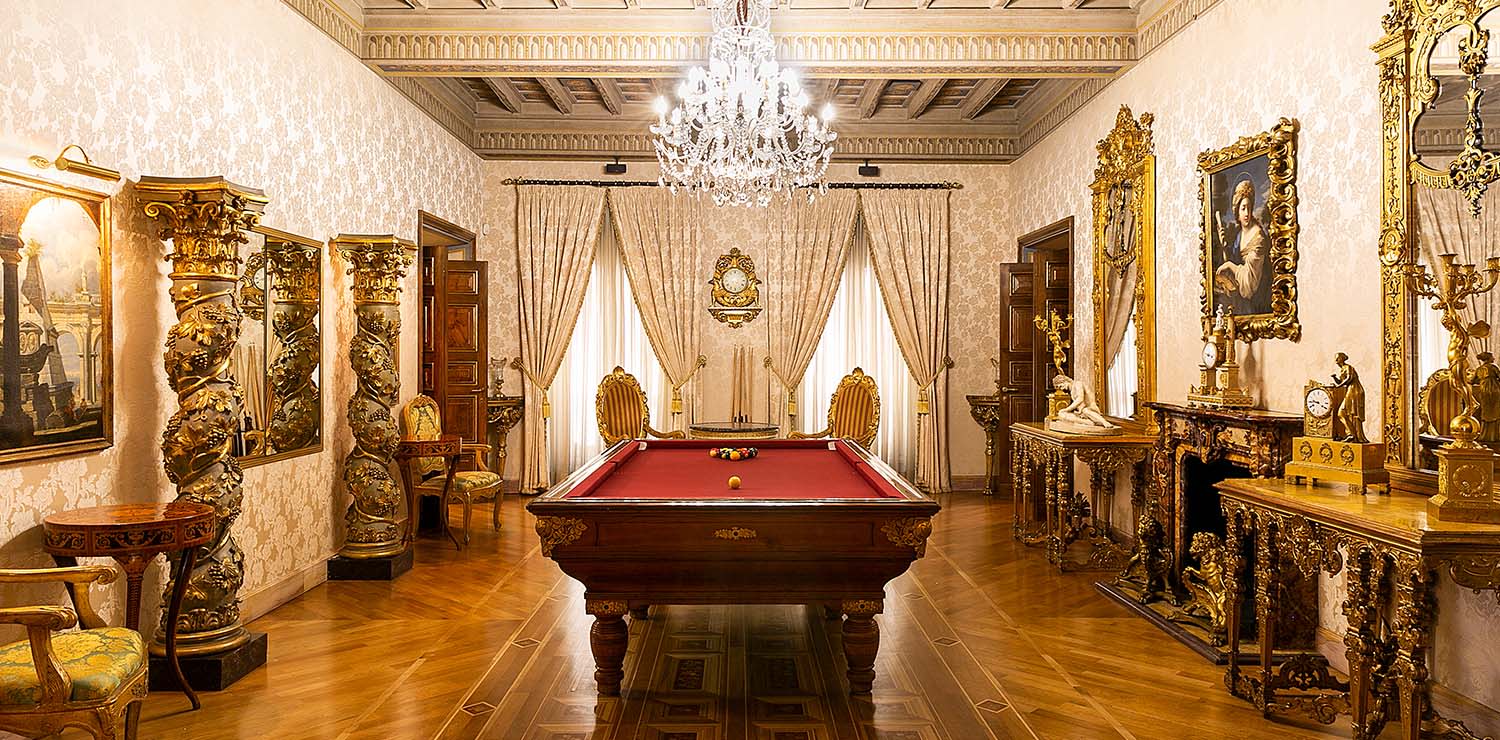Discovering the Fonseca Palace
A breathtaking penthouse in the heart of Rome
Here history seems to have stopped, and once we cross the threshold of Palazzo Fonseca in the Parione district we are welcomed by a gently suspended time... Set between Piazza Navona and Campo dei Fiori - between the opulence of Baroque Rome and the popular Rome of Campo de’ Fiori - the building is located in Via del Governo Vecchio, a street in the very center of Rome whose name refers to the Governorate of Papal Rome, whose seat was in the building at No. 39 until 1741, when Pope Benedict XIV moved it to Palazzo Madama.
The building, originally owned by the Mignanelli family of Siena, present in Rome since the fifteenth century, was purchased in the mid-seventeenth century by the physician of Pope Innocent X, the Portuguese Gabriele Fonseca, who later received the title of Marquis. He had the palazzo completely renovated by Orazio Torriani. At the end of the seventeenth century, the Marquis Fonseca sold it to Rosa Venerini, a devout woman from Viterbo, who chose it as the seat of the Order of Religious Teachers she had founded, and to which it still belongs.
The façade presents two storeys, each with seven windows, architraved on the first and framed on the second, and opens on the ground floor with a large entrance door framed in marble and surmounted by friezes with a cartouche.
The penumbra of the ancient atrium offers a glimpse of the inner courtyard with a garden and of the splendid monumental staircase leading to the penthouse, which occupies an entire floor of the Palazzo.
The penthouse is accessed by way of a large entrance hall from which you can enjoy the view of the courtyard.
At the end, the hall opens onto a living room with six windows and a central fireplace. Stuccoes, silks and marbles in full neo-baroque style create a gentle counterpoint to the green of the trees that can be seen from the windows and give an antique elegance to the room. The house’s formal reception rooms continues with a large billiard room and an important dining room decorated with wall paintings and coffered ceilings. The dining room is served by a large kitchen with latest-generation elements. We arrive at the most intimate area of the house, that extends in the wing opposite the living rooms and includes a study with a fireplace, a gymnastics room, a master bedroom, a large bathroom with a Jacuzzi tub and a large shower, and a dressing-room. This area is completed by two double bedrooms, each with its own dressing-room and en-suite bathroom. In a more separate position there is another study with a guest bathroom. The service area consists of a small apartment, a laundry area and a wardrobe served by a second staircase and a second elevator. The terrace of the penthouse is a surprise that takes your breath away, for the location and the view: it is accessed through an elegant jardin d’hiver and opens onto the picturesque view of the dome of Borromini’s Sant’Agnese in Agone. The suggestive all-round roof terrace is a not-to-miss feature.









